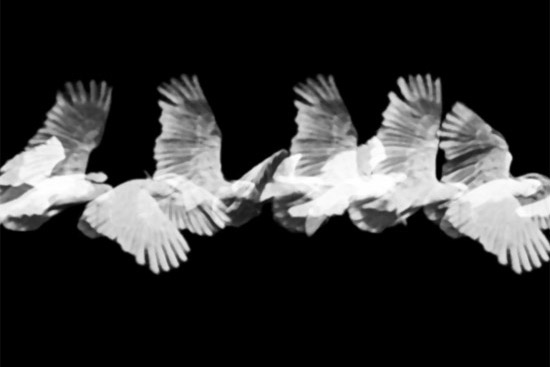|
|
|
|
AFTER MUYBRIDGE The first adaptation for the internet, After Muybridge V1 - 1997, created a montage of the individual images as a long panorama and then transformed by means of various programs into a Quicktime VR Panorama movie (2). Like in a Praxiniscope, the user was able to control the speed of the movements along the horizontal axis, which at highest speed created the optical illusion of moving image. Versions 2 and 3 for DVD were created using animation software that can be controlled through programming. The individual images were linearly accelerated along the horizontal axis (except the bird, where we used the vertical axis) to reanimate them. As in a praxinoscope, the accelerated presentation recreates the impression of the "original" time sequence. The intermediate phases and the optical ullusion that arise as a result of the slow acceleration resemble the style of photography influenced by Etienne-Jules Marey (3). (1) Eadweard Muybridge, Human and Animal Locomotion, 1887. SIMULATED VIDEOSTILLS - TO SIMULATE THE OPTICAL ILLUSION / EFFECT ON THE VIEWER 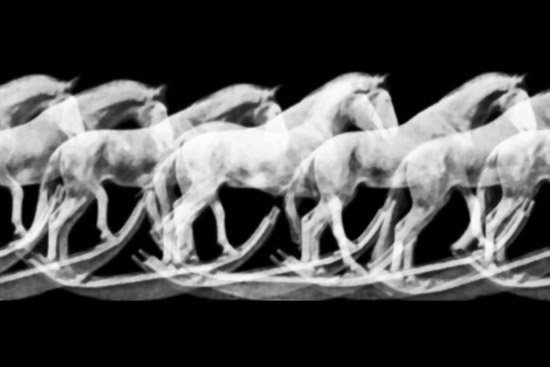 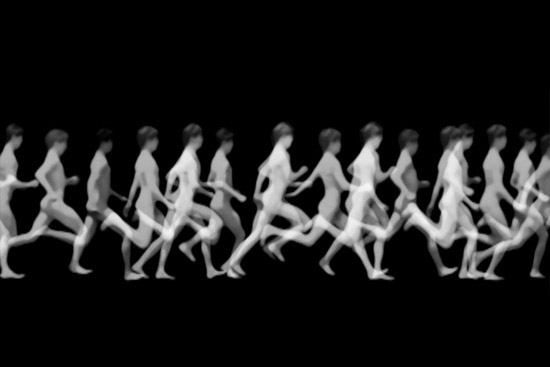 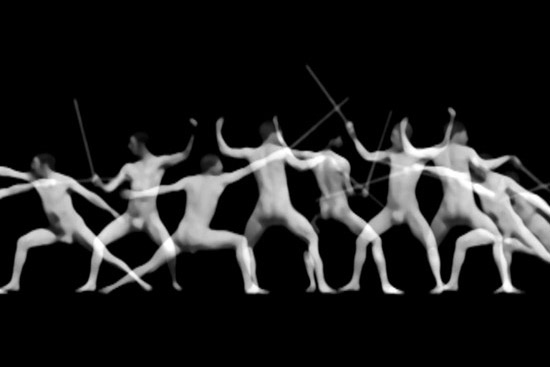 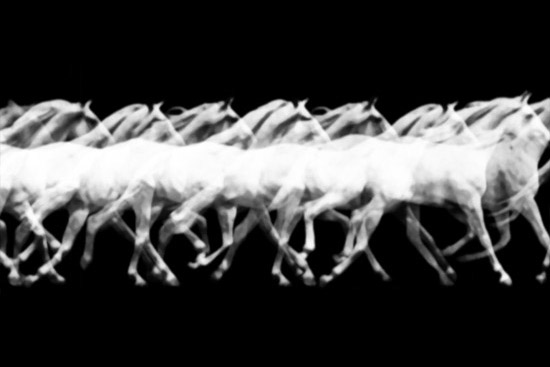 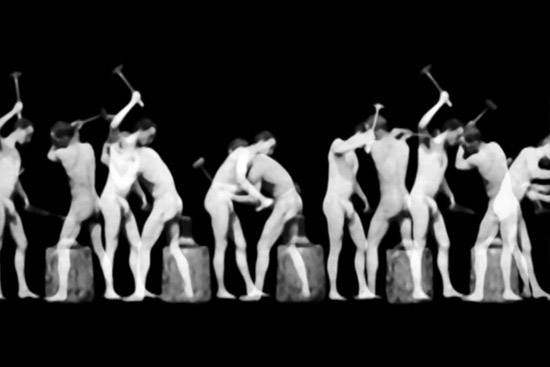 |
